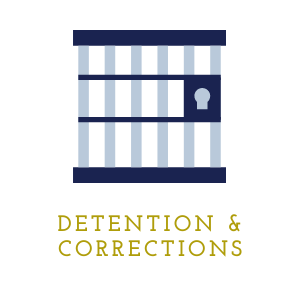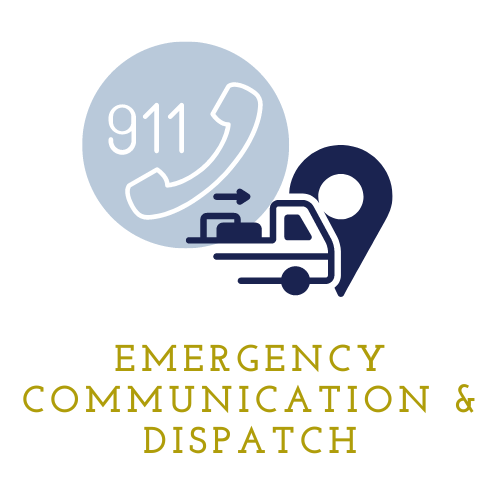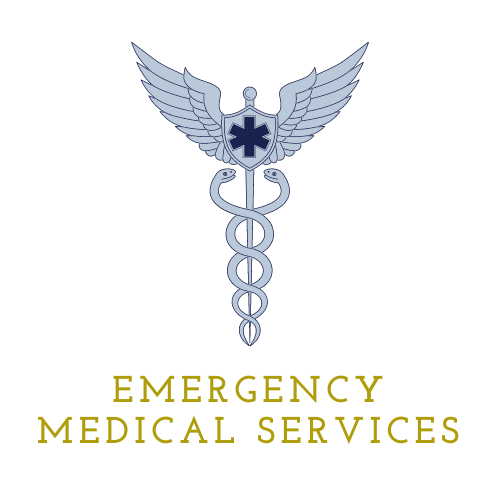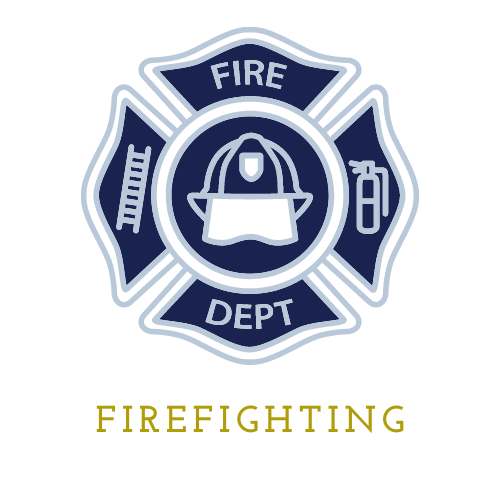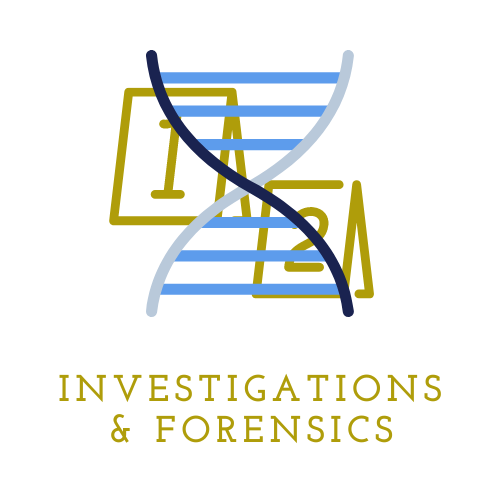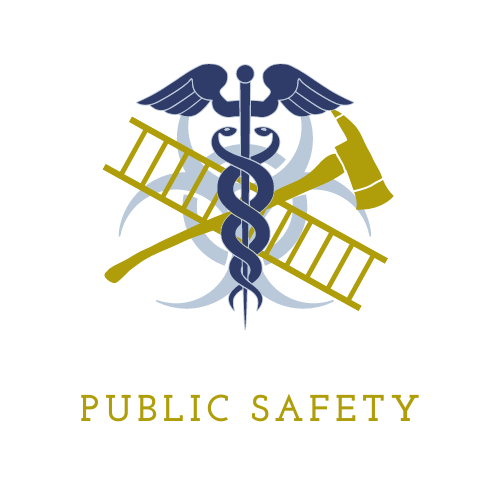LPS Pathways
Introduction and Purpose
This page and its links provide basic information about how career programs associated with the Law, Public Safety, Corrections and Security (LPSCS) Career Cluster are organized and fit into the larger Career and Technical Education (CTE) arena. The Career Cluster and related pathways are typically the basis for building and improving programs. From there a program of study is mapped out so that instructors and students have a sense of where they fit and actions they need to take to be successful. At the bottom is a sample of states with details of their state programs.
LPSCS Cluster and Pathways
Career Clusters serve as a framework for organizing curriculum around broad career categories, or Career Clusters, and more specific career pathways. There are 16 identified national Career Clusters. One is the Law, Public Safety, Corrections and Security Career Cluster.
Our partner, Advance CTE, has been the leader in developing the clusters and pathways. Below we have referenced the key aspects of the Cluster and the five primary pathways as described by Advance CTE.
Career Pathway have been accepted by the U.S. Departments of Education, Labor, and Health and Human Services, as meaning “connected education and training strategies and support services that enable individuals to secure industry relevant certification and obtain employment within an occupational area and to advance to higher levels of future education and employment in that area.” This means that schools, teachers, and students, need to develop a document that describes how students can achieve an industry certification. This document is typically called a plan or program of study. So for each occupation or career area, there are many pathways to get to the desired goal: certification, degree, employment, etc.
Each major pathway within the LPSCS contains standards and knowledge and skill statements. Below, the first set describes the standards with performance elements and knowledge and skill statements. These are common to all five LPSCS Cluster pathways.
-
The Common Career Technical Core standards with performance elements (PDF)
-
Career Cluster Frame (PDF), which provides a broad overview for each Career Cluster, including Essential Knowledge and Skills, the types of educational topics studied within a particular Career Pathway, and a listing of sample Career Specialties or occupations.
Below are the specific knowledge and skill statements for each of the five pathways. A link to an example of a plan or program of study can be found below. More specific examples are included in the next section, Programs of Study.

Pathways
-
Correction Services Pathway
-
Emergency & Fire Management Services Pathway
-
Law Enforcement Services Pathway
-
Legal Services Pathway
-
Security & Protective Services Pathway
Types of LPSCS Career Programs
LAPSEN has identified six different types of LPSCS programs that exist at the high school level. We realize that there are other ways to classify these programs and that within each category there are variations. For instance, career academies have a very specific definition; but, it is often difficult to achieve a “pure” career academy. How close one gets to the definition, of course, depends on how many of the defined elements exist within the academy. LAPSEN believes it is important to start with some list of general types of career programs to help with communications and understanding of the range of LPSCS career-related programs. Here are the six with brief definitions and links to actual programs.
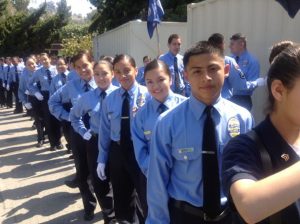
They are:
